| Why I'm here |
| Starting the day |
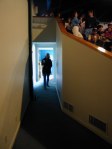
| Entrance to hall, looking back | |

| Our seats | |
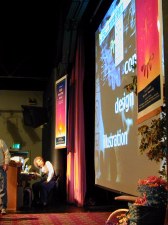
| The stage | |
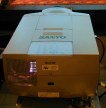
| Projector | |
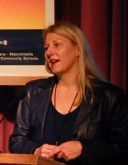
|
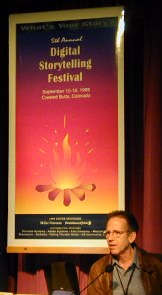
|
| Keynote |
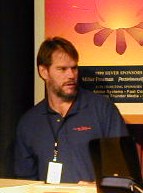
| Joe Lambert | |

| A story shown by Joe | |
| Point of view |
| Dramatic question: Desire, Action, and then Realization ("Boy meets girl, boy wants girl. Boy courts girl. Boy gets girl. Boy finds whole new self.") |
| Emotional content -- something you deeply care about |
| Suzanne Stein |
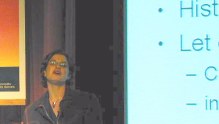
| Suzanne Stein | |
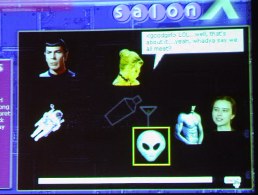
| Esc | |
| Break |
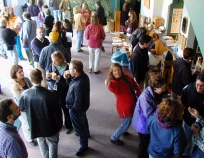
| Foyer | |

| Bathroom | |
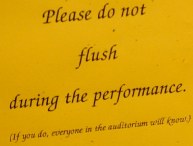
| Sign over urinal in the Men's room | |
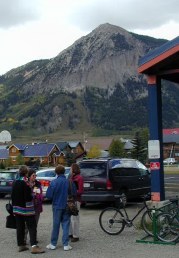
| People outside | |
| Lee Marrs |
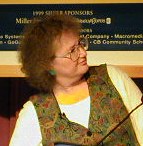
| Lee Marrs | |
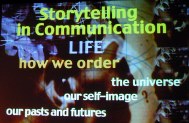
| One of her slides | |
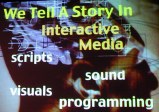 |
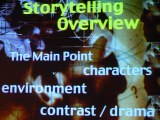 |
||||
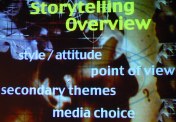 |
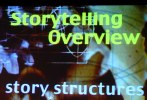 |
||||
|
|||||
| Ben Calica |
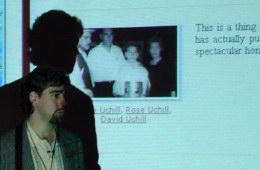
| Ben Calica | |
| Lunch |
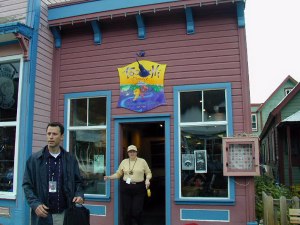
| Lunch | |
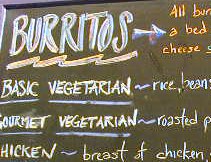
| Menu | |
| The interview |
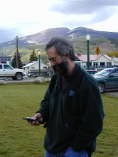
| Dan doing the interview | |
| Let's see what the rest of the day brings! |